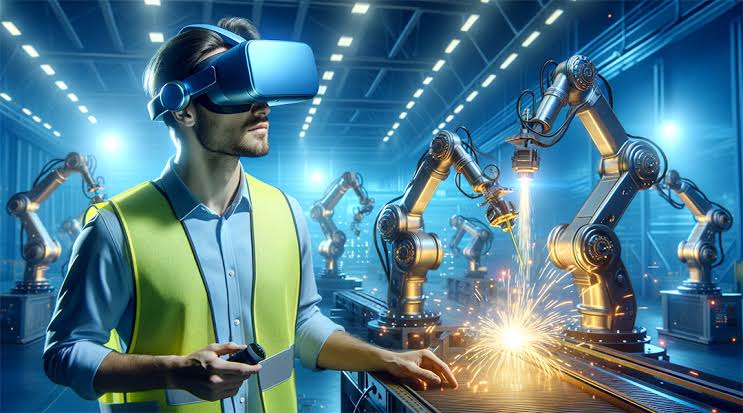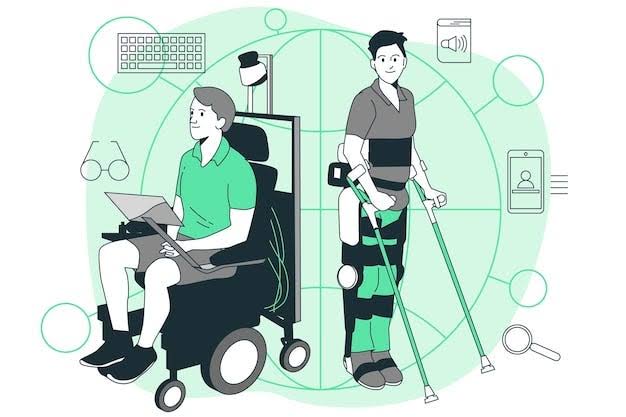Virtual reality (VR) technology has rapidly evolved from being primarily a tool for gaming and entertainment into a powerful solution for training across various industries. By creating immersive, interactive environments, VR allows individuals to experience realistic scenarios without the risks or costs associated with traditional training methods. Today, businesses, healthcare institutions, military organizations, and even schools are adopting VR to improve efficiency, knowledge retention, and practical skill development.
Realistic Simulation Environments
One of the greatest advances in VR technology for training purposes is the ability to create highly realistic simulations. These environments mimic real-world settings so closely that trainees can practice as if they were experiencing real-life situations. For instance, airline pilots can practice flying in challenging weather conditions through VR without endangering lives or equipment. Surgeons can rehearse complicated medical procedures before performing them on patients, reducing errors and increasing confidence.
This realism is powered by advancements in graphics, 3D modeling, and motion tracking. As VR headsets and systems become more sophisticated, the level of immersion continues to improve, making training experiences increasingly valuable.
Personalized and Adaptive Training
Modern VR training platforms use artificial intelligence and data analytics to customize training experiences. Trainees can practice at their own pace, receive instant feedback, and repeat tasks until mastery is achieved. The system adapts to the learner’s performance, offering more challenges when they are ready or additional support when needed.
For example, in corporate training, VR modules can tailor customer service scenarios based on an employee’s role. In the military, VR training programs can adjust combat simulations to reflect a soldier’s skill level. This personalization not only improves learning outcomes but also keeps trainees more engaged.
Enhanced Engagement and Knowledge Retention
Traditional training often struggles to keep participants engaged. However, VR training immerses individuals in scenarios where they must interact and make decisions, leading to higher levels of attention and focus. Studies have shown that VR learners often retain information better compared to those trained with traditional methods such as lectures or manuals.
For example, retail employees trained with VR are more likely to remember customer service procedures. Medical students can recall complex anatomy more effectively after practicing in a virtual environment. This improvement in retention results from the active, hands-on nature of VR learning.
Cost-Effective and Scalable Solutions
Although VR technology was once expensive, advances have made it more accessible and cost-effective. Companies now invest in VR training to reduce expenses tied to travel, equipment, and instructor time. A business can train hundreds of employees simultaneously through VR headsets without the need to book physical venues or bring in specialized trainers.
In industries such as construction or oil and gas, where training on real equipment can be risky and costly, VR offers a safer and more affordable alternative. Virtual simulations of machinery and tools allow workers to practice safely before moving on to real equipment.
Safe Training for High-Risk Environments
One of the most valuable applications of VR in training is in high-risk industries where mistakes can be costly or life-threatening. Firefighters can practice entering burning buildings virtually, soldiers can experience combat situations, and factory workers can learn safety protocols without being exposed to danger.
These advances not only improve safety during training but also prepare individuals more effectively for real-life situations. By repeatedly practicing in VR, trainees build muscle memory and decision-making skills that can save lives when faced with actual emergencies.
Remote and Collaborative Training
The rise of remote work and global collaboration has also influenced VR training technology. Today’s VR platforms allow people from different parts of the world to train together in the same virtual environment. Teams can collaborate, solve problems, and practice coordination as though they were physically in the same space.
This is especially beneficial for multinational companies that need to train employees across different regions. It reduces logistical challenges while fostering teamwork and communication skills.
Applications Across Industries
The advances in VR training extend across multiple sectors. Some of the most notable applications include:
- Healthcare: Medical students and professionals practice surgeries, diagnostics, and patient interactions.
- Military and Defense: Soldiers train in combat simulations, weapon handling, and mission planning.
- Aviation: Pilots use VR flight simulators for emergency preparedness and navigation.
- Manufacturing and Construction: Workers learn equipment handling, safety protocols, and technical skills.
- Corporate and Retail: Employees improve customer service, sales techniques, and workplace problem-solving.
- Education: Students explore interactive lessons, from history reenactments to virtual science experiments.
The Future of VR Training
Looking ahead, VR training will become even more powerful with the integration of technologies like artificial intelligence, augmented reality, and haptic feedback. AI will provide smarter personalization, AR will blend virtual and real-world learning, and haptic gloves will allow trainees to feel and manipulate objects in VR.
These innovations will further improve realism and effectiveness, making VR the preferred training tool in countless industries. As technology continues to evolve, the gap between virtual training and real-life experience will become almost indistinguishable.
Final Thoughts
Advances in virtual reality technology are transforming how people learn and train. By offering realistic simulations, personalized learning, improved retention, and safe practice for high-risk scenarios, VR provides unmatched advantages compared to traditional training. Its applications across healthcare, aviation, defense, and corporate sectors demonstrate its versatility and future potential. With continued innovation, VR training will play an even more critical role in shaping skilled, confident, and adaptable professionals worldwide.




Interesting